You can contact LEARNZ, part of CORE Education, at:
Postal Address:
PO Box 13 678,
Christchurch 8141,
New Zealand
The ambassadors and I have had a fascinating time looking around some sites of early Māori habitation with Louise Furey today.
Second web conference
Our second field trip web conference took place in the shearers’ quarters here on Ahuahu. Mercury Bay Area School and Paerata School were our speaking schools. Our web conference experts were Louise Furey and Greg van der Lee.
It was another enjoyable session. I always learn a lot on the web conferences. There are usually a range of questions that spark a deeper level of thinking. Remember you can access the recording if you missed the live web conference.
Coralie Bay
After the web conference, our first stop for the day was at Coralie Bay. This site has been a focus of archaeologists for several years. It is one of the earliest sites of Māori occupation in Aotearoa. It felt special to be sitting in a location that would have been such a hub of activity so many hundreds of years ago. I could imagine waka pulled up onto the beach, smoke drifting across the bay from cooking fires, and people busy with their daily routines.
Archaeologists have excavated several sites in the area. They have found numerous items that help paint a picture of what life was like, and the various wildlife that existed here at that time. Check out the video where Louise describes this in more detail.
Gardening on Ahuahu
Louise then took us to a place called Waitetoke. Here you can see some stone rows which indicate an early gardening site. Māori grew kūmara here. Rocks within the soil would have heated up from the sun and helped keep the crop warm, conditions that kūmara like.
Next to this site is a wet area that archaeologists have taken core samples from. Near the bottom of this sample they found evidence of taro. These deposits have been radiocarbon-dated to the 14th century, around 600 to 700 years ago. The gardens on Ahuahu are among some of the earliest known of in New Zealand.
Matakawau - Stingray Point Pā
From Waitetoke we followed Louise to Matakawau, also known as Stingray Point Pā. Louise showed us how archaeologists look for irregularities in natural land formations. This can show archaeologists how people have altered the land and the likely reasons for this. We saw old postholes, areas where kūmara pits would have been, and ditches which were dug out to create defensive barriers holding palisades.
Watch the video and you will get a better idea of the sorts of features archaeologists look out for. These features provide clues for how the land was used. They can also show likely areas for further excavation that might uncover further evidence.
Artefacts
Back at the shearers’ quarters, Louise showed us some stone artefacts. Māori used a lot of stone for tools in their daily lives. Such as obsidian for cutting and scraping, or basalt for adzes (an axe like tool). You will hear from Louise in the video how a raw piece of basalt gets shaped into the smooth shape of an adze.
It has been a busy but fascinating day here on Ahuahu. I have a better understanding of how archaeologists work and how they piece together clues in the landscape. These clues give insight of a past existence.
Catch you tomorrow,
Andrew
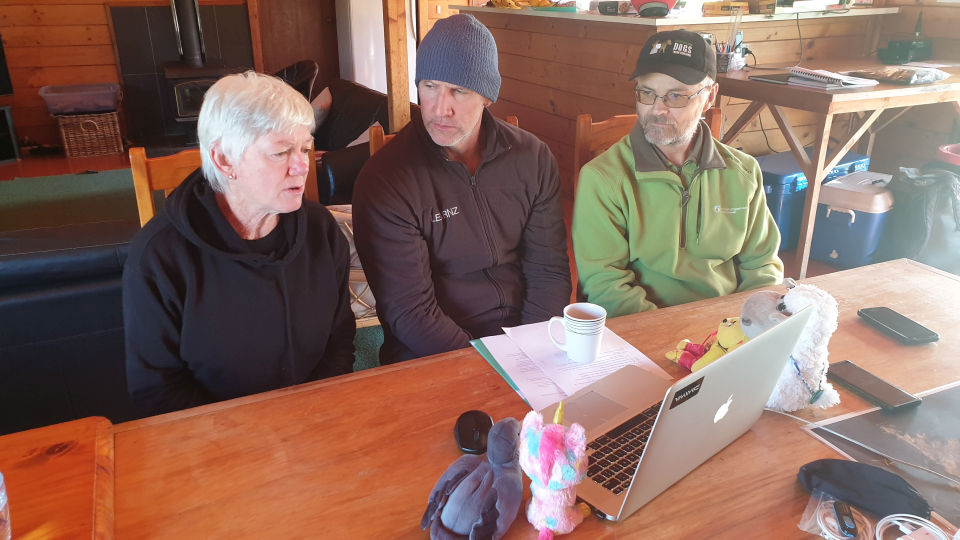
Andrew and the ambassadors with Louise and Greg on this morning's web conference. Image: Shelley Hersey, LEARNZ.
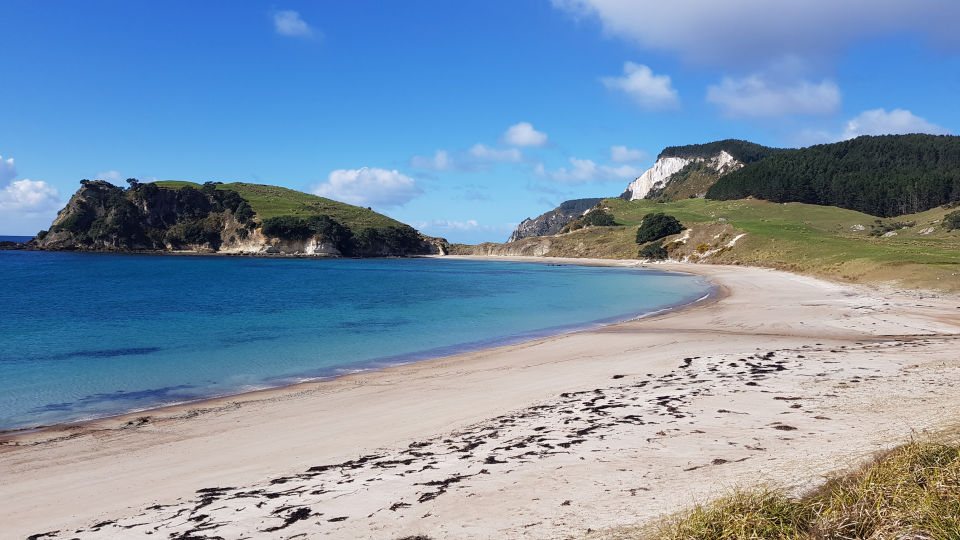
Coralie Bay is a site of early Polynesian arrival in Aotearoa. In the background you can see Motutaupiri (one of many pā sites on the island). What were pā used for? Image: Andrew Penny, LEARNZ.
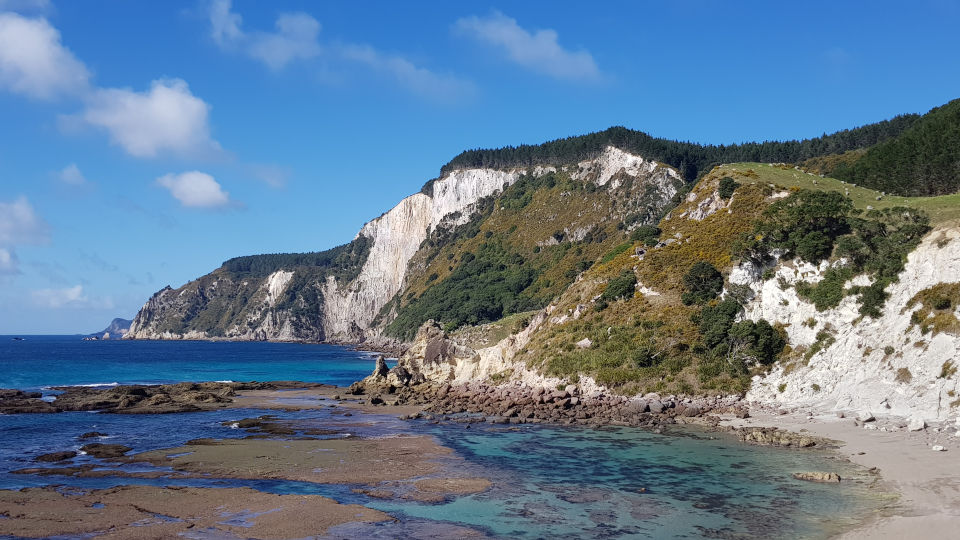
Here you can see Pari Nui Te Rā (the White Cliffs). This landmark is known for the great beacon that guided all waka to Aotearoa from Te Moana-Nui-O-Kiwa (the Pacific Ocean). Image: Andrew Penny, LEARNZ.
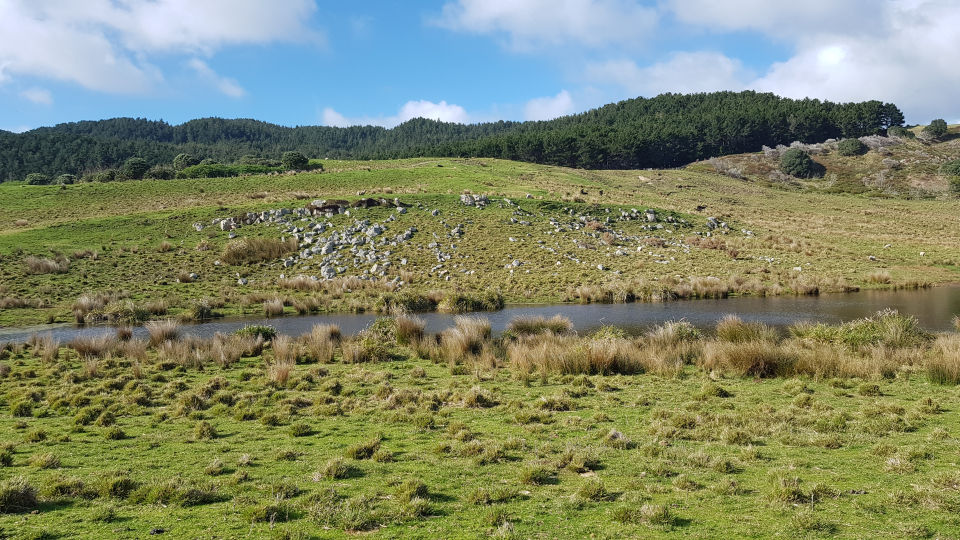
Here you can see some stone rows in a place called Waitetoke. These stones show an early gardening site. What do you think Māori grew here? Image: Andrew Penny, LEARNZ.
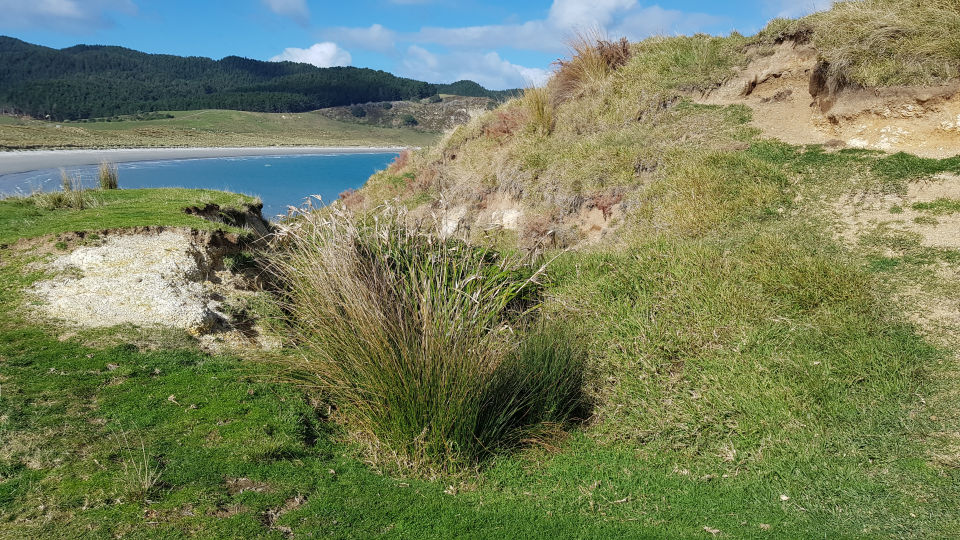
These ditches on Matakawau (Stingray Point Pā) are not a natural feature. Why did people make them? How do you think they were made? Image: Andrew Penny, LEARNZ.
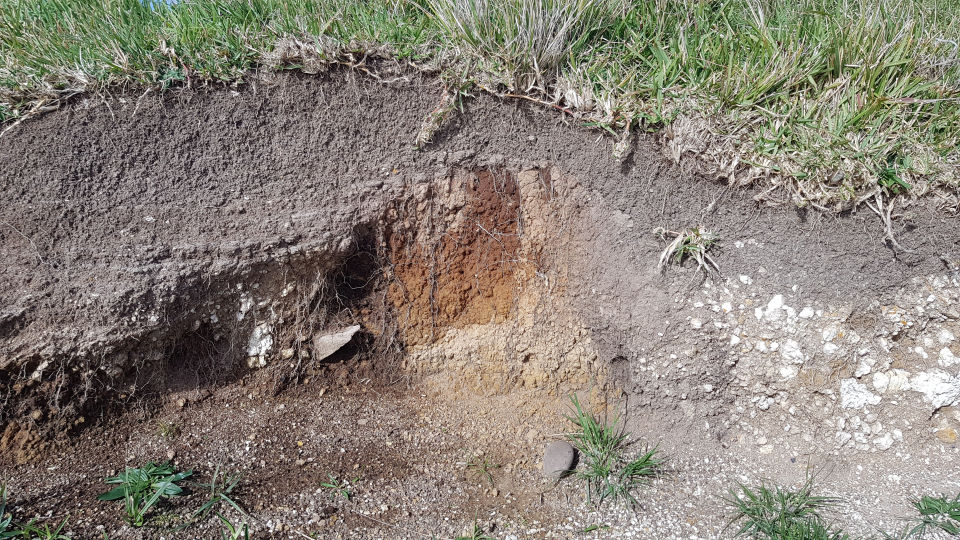
These different coloured soils show where an old post hole would have been on Matakawau. Image: Andrew Penny, LEARNZ.
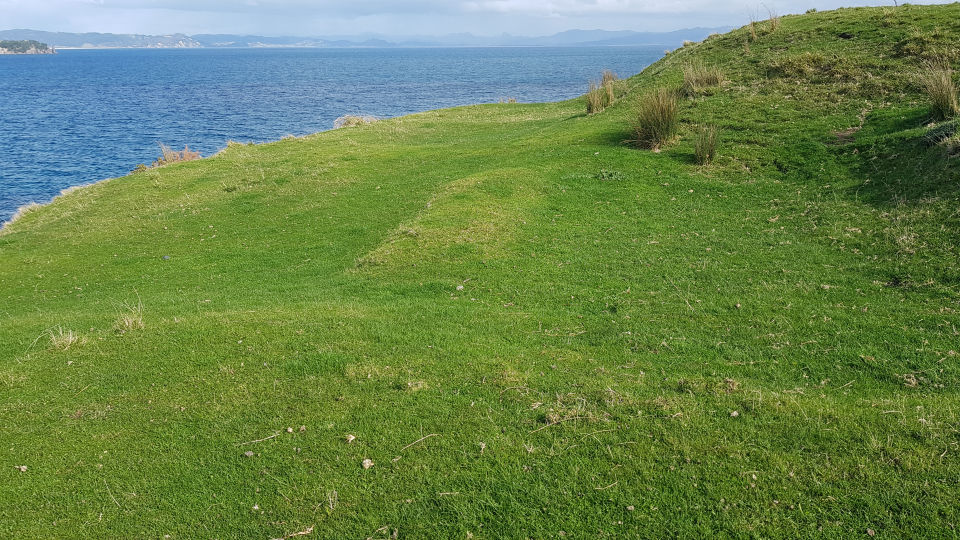
This is an excavated site on Matakawau. It shows where a kūmara storage pit would have been. Image: Andrew Penny, LEARNZ.
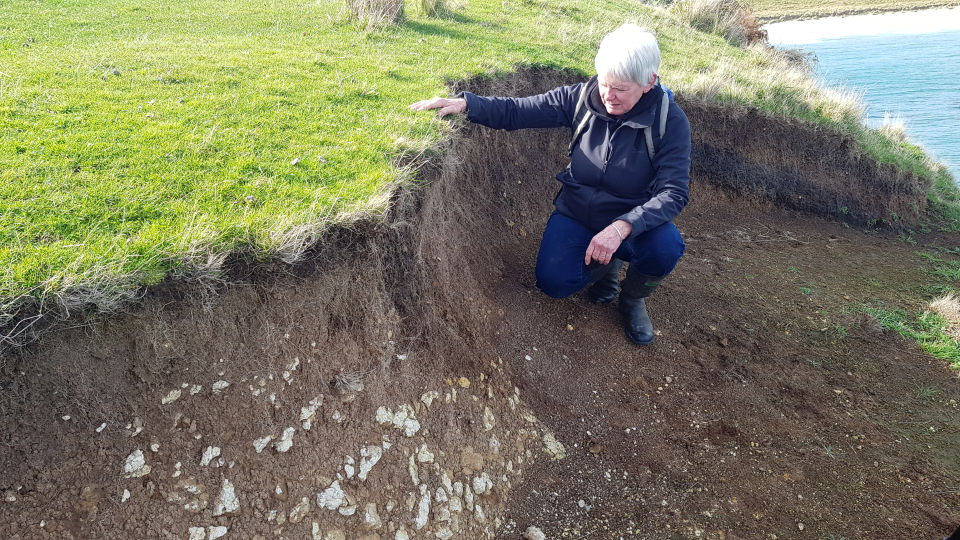
Louise Furey points out an irregularity in the soil. Can you see how the white stone (a natural feature) in the soil suddenly stops? I wonder what this shows? What might have been here? Image: Andrew Penny, LEARNZ.
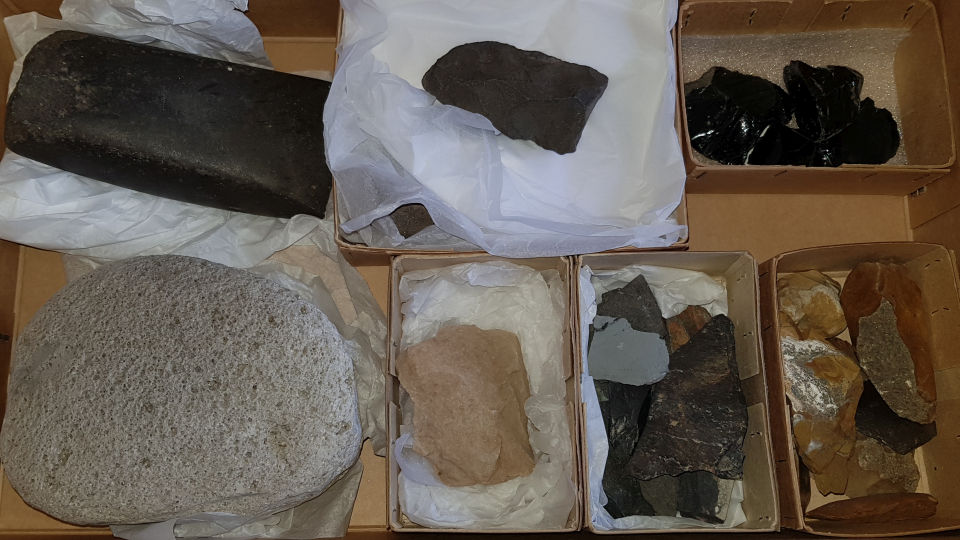
A collection of stone artefacts found here on Ahuahu. Image: Andrew Penny, LEARNZ.
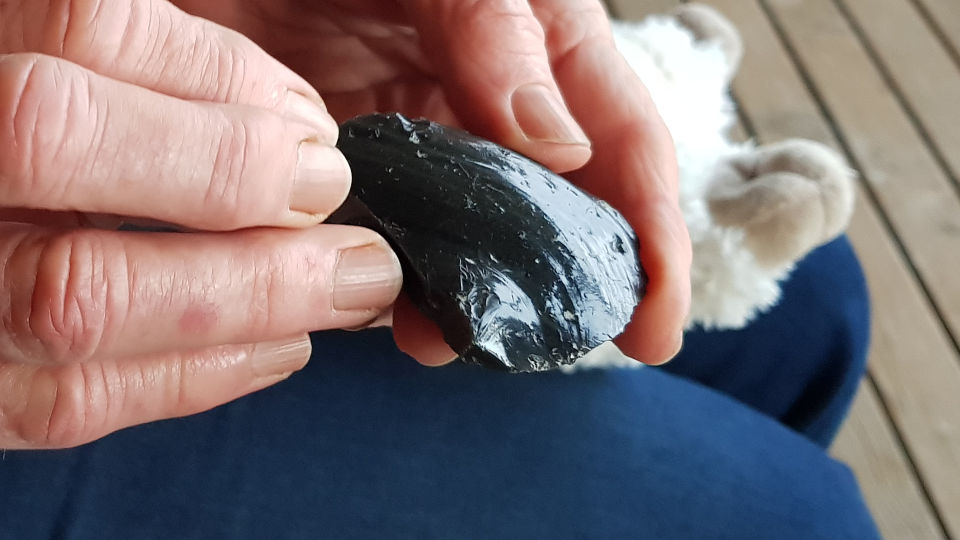
This is obsidian. It is commonly found throughout Aotearoa. What did early Māori use it for? Image: Andrew Penny, LEARNZ.
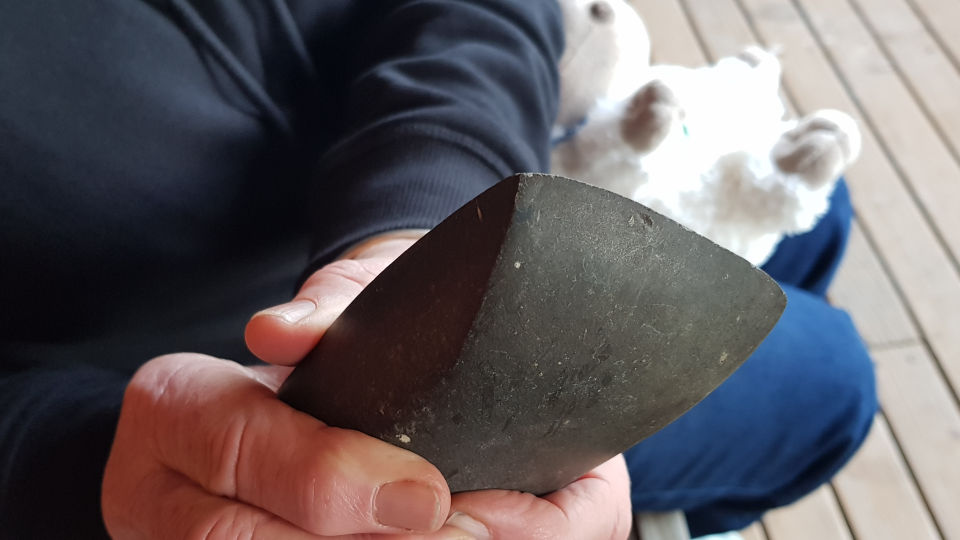
This is a stone adze. Notice how smooth the stone is. How do you think Māori shaped this adze and get the stone so smooth? Image: Andrew Penny, LEARNZ.